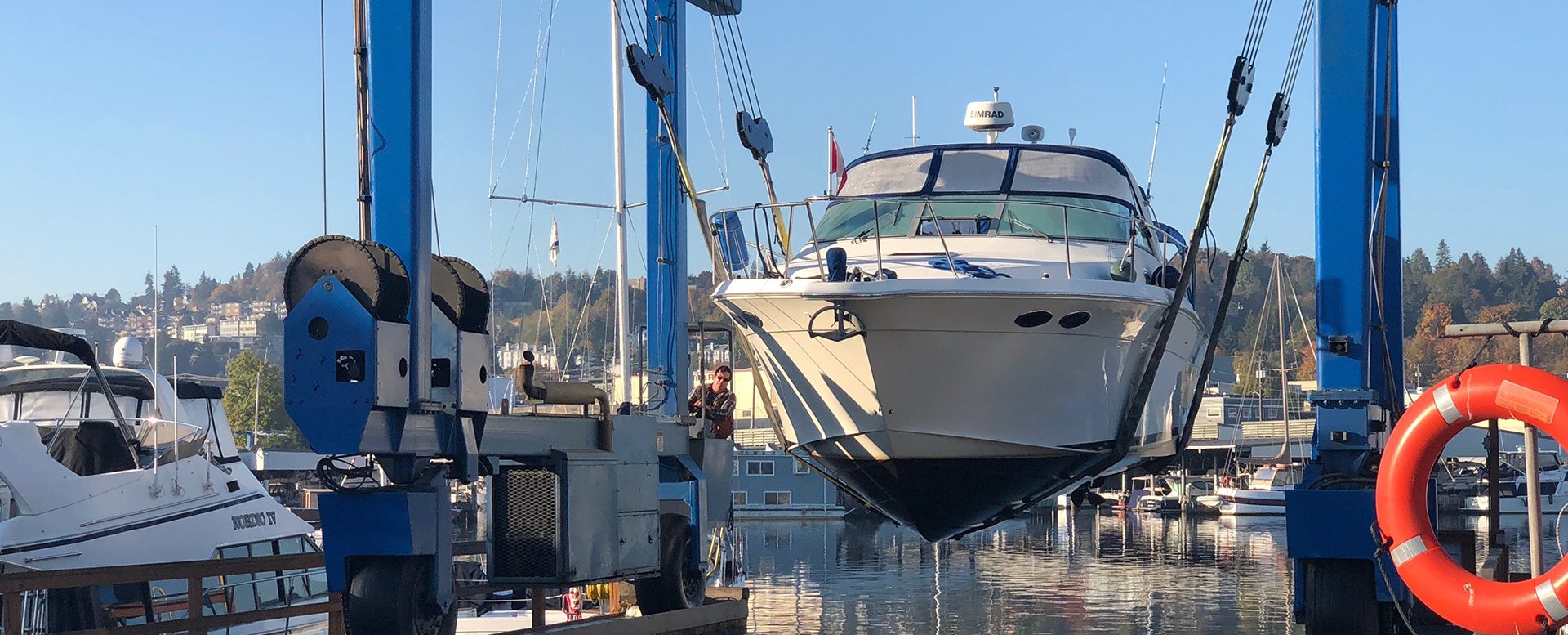
Marine Survey
Understanding Boat Surveys
Say you’ve found the right boat and made an offer contingent upon a survey. Or you’re selling your boat and finally found a buyer at the right price. Now all you need to do is get past the dreaded survey. No matter which side of the negotiation you’re on, it helps to understand the overall situation. The surveyor is hired by, and works for, the buyer. But the broker and owner are interested parties as well, and everyone wants the transaction to go through. Furthermore, the broker might refer clients to the surveyor every so often, and the seller might be a possible client for the surveyor when he or she buys their next boat. All of this sounds like a conflict of interest in the works, and abuses can happen. The Society of Accredited Marine Surveyors (SAMS) and National Association of Marine Surveyors (NAMS) organizations are well aware of this, and both have clear codes of ethics for their members. Fortunately for all, there is a clear path forward; every boat comes with a work list and it’s a surveyor’s job to define what’s on that list as objectively as possible. It’s not the surveyor’s role to tell the buyer whether or not to buy, and overemphasizing minor problems could mislead the buyer just as much as ignoring them would. Experienced brokers know, too, that they don’t want to sell a boat that has problems. They want the new owner to be happy with the purchase, because a happy owner is more likely to become a repeat customer.
The Scope of a Pre-Purchase Survey
While a client is free to make any arrangements with a surveyor acting as his consultant, market forces have created a “normal” pre-purchase “condition and value” survey. It’s a nondestructive inspection of the boat to check its condition, check its systems for basic operation and adherence to applicable regulations and standards, look for any warning signs that might recommend a follow-on inspection by a specialist, and determine its overall value. The key point is that the survey is a limited inspection. This is the level of inspection that the market has become accustomed to paying for, which is also accepted by insurance companies. In general, the surveyor will not disassemble permanent parts of the boat to access areas they can’t see, so some areas won’t be inspected. And it’s a snapshot of the boat at that particular moment – there’s no guarantee that an electrical component that powered up during the survey won’t suddenly reach the end of its life the next week. The classic survey routine for a boat in the water starts with an inspection in its slip, a “short haul” and bottom cleaning in the middle of the day, a hull inspection once the boat dries, re-launching and a short sea trial, followed by any further inspections needed. All of this is accomplished in one day on most boats, though on larger yachts more time may be needed. Also, while the routine above may be perfect for a powerboat in the water on a sunny day in Florida, it often needs to be modified based on weather, the yard’s schedule, and other variables. If it’s December in Michigan and the boat is stored on land for the season, it might even be necessary to do as much of the survey as possible on land right then, and save the final sea trial until the spring.
Getting the Most out of a Survey
Whether you’re buying or selling, you want to make sure you get the most value out of a survey.
As the Buyer
Let the surveyor know about any red flags for you: moisture, blisters, engine mounts—your experience and research are a key part of the process. - If there’s some deficiency that would absolutely disqualify the boat in your mind, let the surveyor know to check that first. Surveys sometimes end abruptly, and it’s common for the surveyor and client to agree on some partial payment if a clear defect convinces the buyer that there’s no need to continue. - Be there for at least part of the survey so the surveyor can show you findings in person. - Help if you can, perhaps by pulling gear and cushions out of areas to be inspected. - Don’t waste the surveyor’s time and attention with things you can survey yourself, like fishing gear, sails in bags, and other add-ons. This may help to reduce the cost of the survey as well. - Write down questions to be asked when a good time arises—don’t distract the surveyor every time you see something to ask about. As the Seller: - Your preparation starts long before the survey. In the ideal world we should all be preparing to sell our boats as soon as we buy them. - Keep a log with all invoices for maintenance and service work performed on the boat throughout its life. It’s hugely impressive for a surveyor to find this on a boat. - Be careful about doing work on the boat yourself if it goes beyond cosmetics. As a surveyor, when you hear “the owner is very handy, and he’s done a lot of work on the boat himself,” it’s a red flag. - Prior to the survey, clean the boat and remove any clutter. - Be there or be available. Your broker may be the one to attend the survey, but make sure you’re available to answer questions—you know your boat better than anyone, and you may be able to clear up issues before they become misconceptions.
For everyone involved, the most important thing is to hold onto perspective and your sense of humor. At some level, it’s just a boat. If we’re able to concern ourselves with boats, chances are we’re doing pretty well in life—we’re not starving or living in a war zone, and there are more boats and buyers out there if the one involved with this survey isn’t the right fit.
